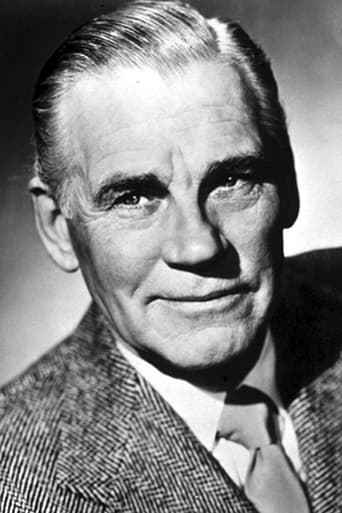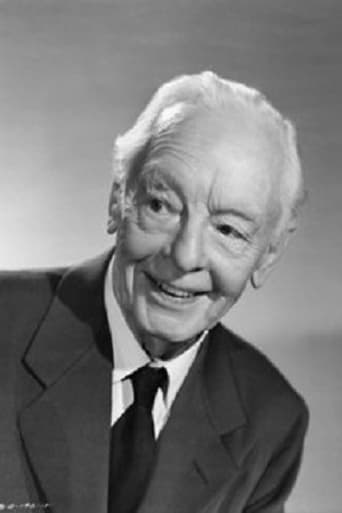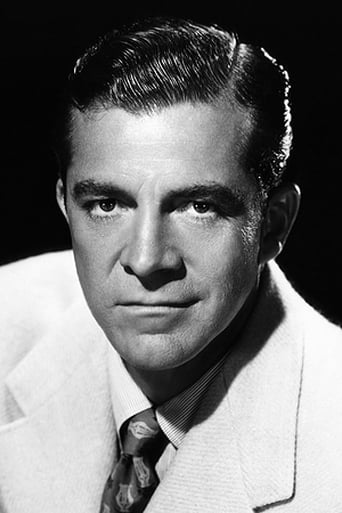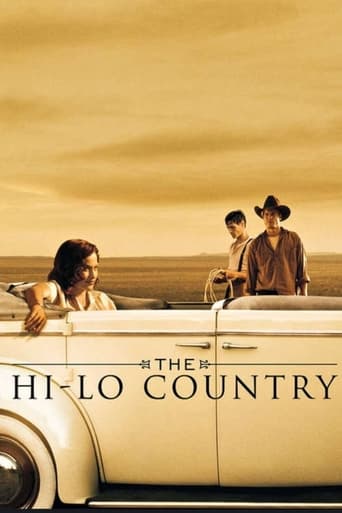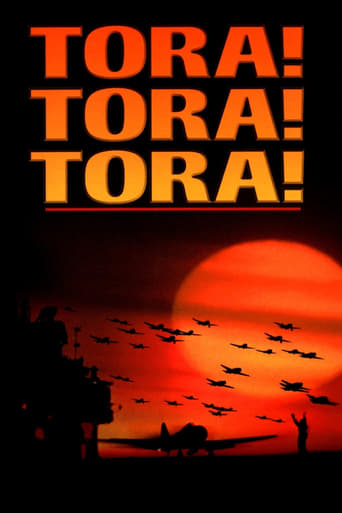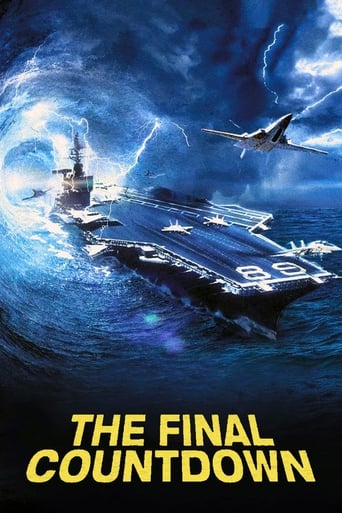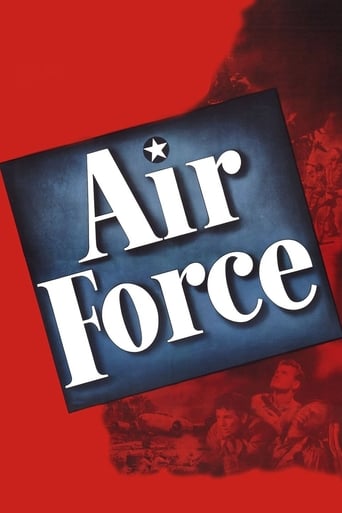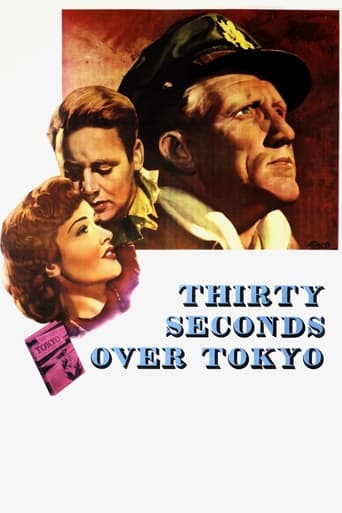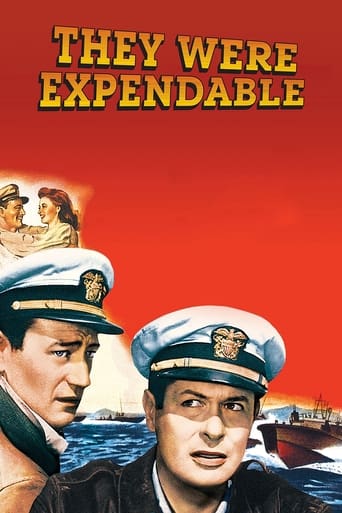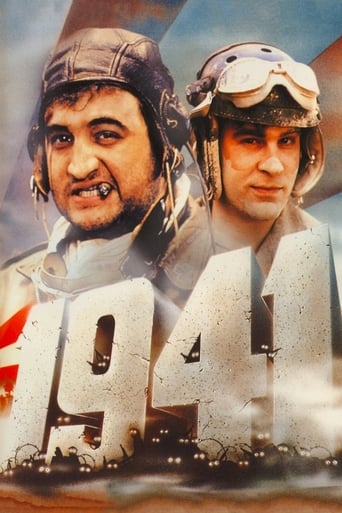December 7th (1943)
"Docudrama" about the bombing of Pearl Harbor on December 7th, 1941 and its results, the recovering of the ships, the improving of defense in Hawaii and the US efforts to beat back the Japanese reinforcements.
Watch Trailer
Cast
Similar titles
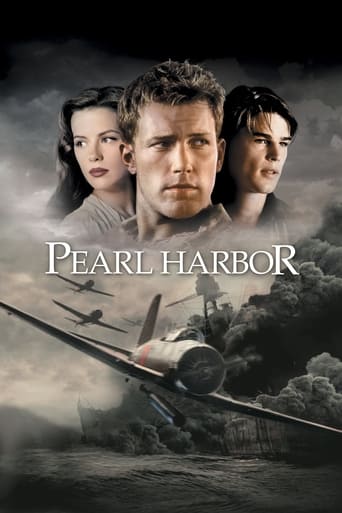

Reviews
Great Film overall
Don't listen to the negative reviews
Tells a fascinating and unsettling true story, and does so well, without pretending to have all the answers.
Blistering performances.
My review is for the original full-length docudrama made by Gregg Toland. For a variety of reasons, the US government (who commissioned the film) hated Toland's version and John Ford was brought in to rescue the project. He re-shot some scenes, created a few new ones and edited away about much of the film. Interestingly, this much shorter version received an Oscar and the original version was censored for many years.The film begins with the embodiment of Uncle Sam (Walter Huston) meeting up with an old guy (the familiar character actor, Harry Davenport). What follows is a history lesson concerning Hawaii (particularly focusing on Hawaiians of Japanese descent) and account of the surprise Japanese attack on Pearl Harbor which is narrated by Sam. Interestingly, Uncle Sam talks on and on about how these Japanese-Americans are very loyal to America and Davenport (usually such a nice guy in films) goes on to question their loyalty and their 'so called religion called Shinto'! Interestingly, Davenport's attitude about these people is pretty much in line with the government policy of internment of Japanese-Americans following the December 7th attack. And, very oddly, Uncle Sam is seen as naive and perhaps a little stupid. What follows is a lot of dry narration and, finally, an odd scene between dead soldiers (one of which id Dana Andrews).So why did the government dislike the film? First, although being anti-Japanese was encouraged, the original version basically said that beneath their veneer, many Japanese-Americans were evil agents working for Japan--and that Uncle Sam (i.e., the US government) had been naive and complacent. Second, when it came to the surprise attack, the original film said that we SHOULD have been ready and led credence to conspiracy theories that the government knew or should have known about the attack. As a result, of both themes, the film came off like an indictment of the government and instead of instilling patriotism, it might have instead served to create a defeatist and anti-government attitude. I can see why the film was re-made and edited.Sure it was filled with very nasty anti-Japanese material...but was it well made? What about the technical merits of the film? I don't really think it was made well. Much of the film needed tightening. For example, the Japanese montage just went on too long. Additionally, as I mentioned above, the film was not at all successful in conveying what the government wanted--a HUGE drawback. Its nasty tone really represents negative propaganda and I fully understand the need to re-do this picture. Still, very interesting and an unusual insight into the sorts of feelings brewing in America at the time. Probably mostly of value to historians today and I am glad it is finally available-- politically correct or not!By the way, it IS true that many of the ships sunk at Pearl Harbor were actually repaired and recommissioned. I am not sure whether or not the US government wanted this to be known or not. I could see an advantage for not letting the enemy know this or the benefit of letting the civilians know we are resilient.
This is another war documentary by Ford, obviously detailing the nefarious 1941 Japanese attack on Pearl Harbour that saw the U.S. finally enter WWII. Ironically, the film was originally made as a feature (running 82 minutes) but was heavily censored by the authorities – despite having been commissioned by President Roosevelt himself! – to the point that it was reduced to a 34-minute short, entered in the Academy Award category for Best Documentary Short and winning the Oscar! For the record, only the edited version was released among the extras on Fox's BECOMING JOHN FORD (2007) DVD and, while I managed to acquire the full-length edition off "You Tube", I opted to only watch the shorter print in view of its being Oscar season! Anyway, this makes a much better attempt to tell the whole story than THE BATTLE OF MIDWAY (one imagines the feature being that more comprehensive in this regard!), and only resorts to mawkishness – albeit movingly done regardless – towards the end i.e. when the fallen soldiers 'introduce' themselves to the audience. Needless to say, the Japanese side is depicted in strictly caricatured terms (which was the accepted norm for the duration of the conflict, seen also in contemporary cartoons!) but, while a Japanese civilian (sympathizing with the invasion) is interviewed, we also get to see how other naturalized Orientals hid evidence (not just store-signs but the Asian calligraphy itself!) of their old country in shame. Again, a number of stars lend their services to provide the accompanying narration: I recognized Walter Huston's voice in this streamlined copy but, reportedly, the likes of Harry Davenport and Dana Andrews were also involved.
This is a well made Hollywood movie about Pearl Harbor. Director John Ford working for the government made this film after the attack as a motivational and propaganda film. The vast majority of the film is staged as there was no footage of the actual attack. The only real footage is the aftermath of some of the ships burning. That being said Ford attention to detail has lead many to believe that the shots of the Japenese planes where real. In reality they were Duantless Dive-bombers. Further the movie tends to downplay the losses of the United States while encouraging the anti-Japenese ideals of the day. Overall this is a good movie and a fairly accurate retelling if one remembers that it is not actual footage and rather a sound stage for the most part. Those interested in real battle footage should look to Ford's Battle of Midway which is entirely real footage and is even in color.
After America entered World War II at the close of 1941, Hollywood directors were "drafted" into making short films for the war effort. These directors included Frank Capra, Alfred Hitchcock, John Huston, and the most poetic, sentimental of Hollywood directors at the time- John Ford. Ford made this short film. Part of it is a political cartoon come to life. Uncle Sam (Walter Huston) is on vacation in Hawaii. It's not yet December 7th, 1941. He doesn't have a care in the world, other than his conscious (played with delicate humor by the great Harry Davenport!) reminding him of possible trouble brewing. The film also serves as a neat documentary about life in Hawaii before the war, and offers a peek into the heavy Japanese-American population at the time. Look for Dana Andrews in a ghostly bit part. History books just have the dates and places of historic occurrences. This seldom seen classic shows the mindset!



